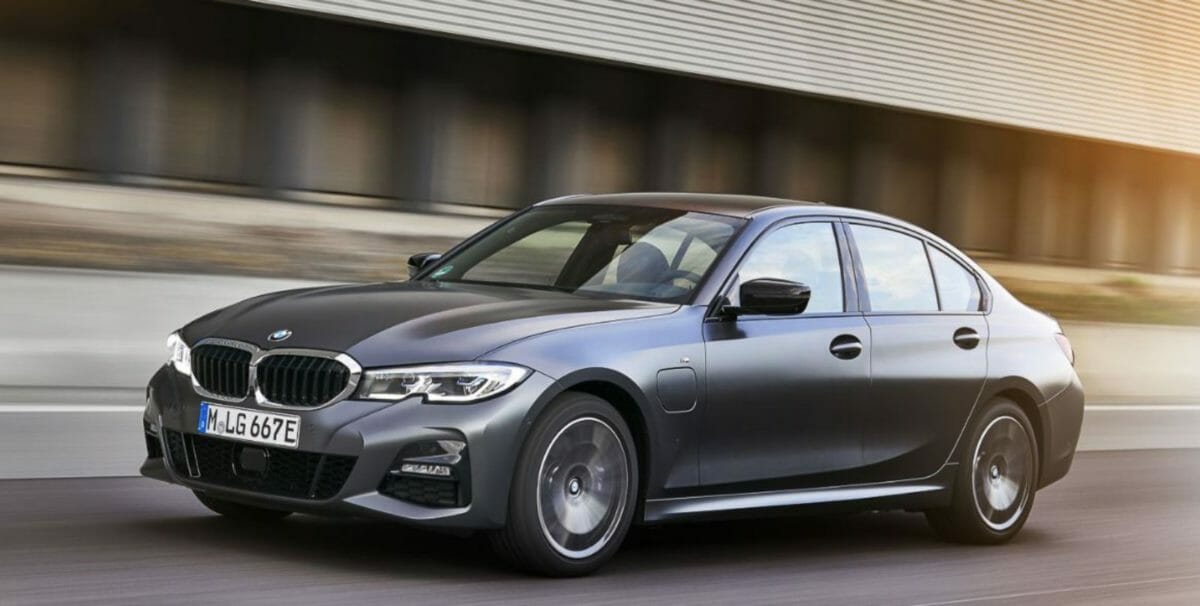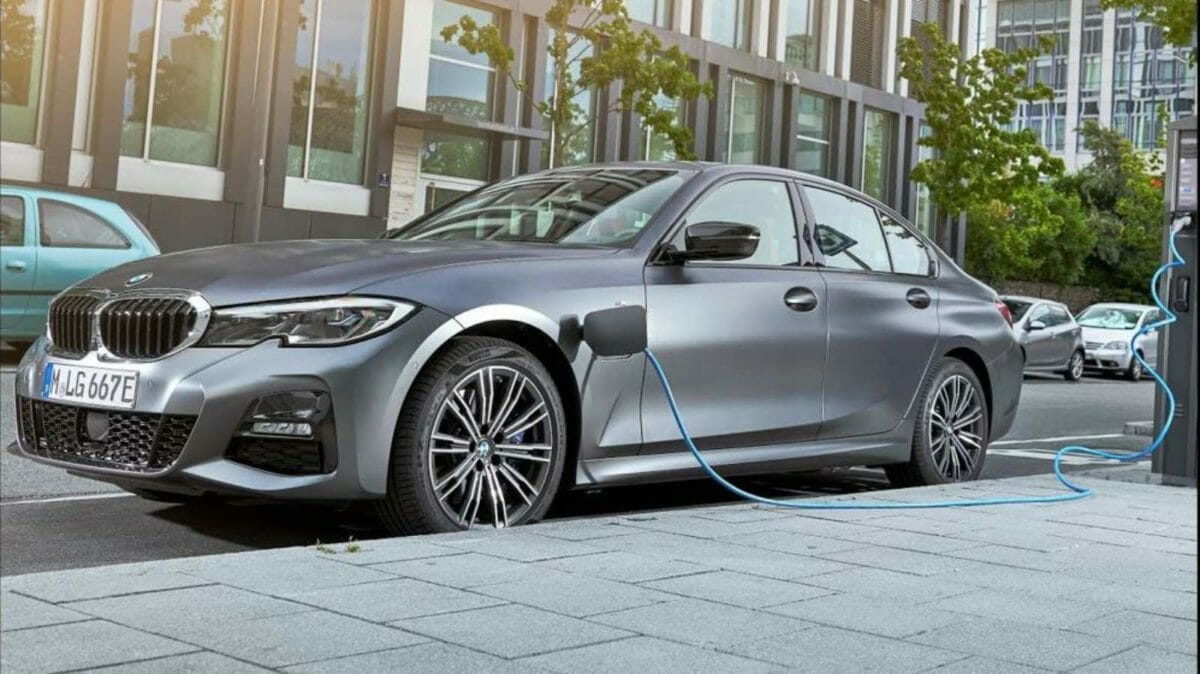The future is electric and it is inevitable. Almost all, if not all automakers are gearing up for that change and have initiated a transition via setting up their respective blueprints and roadmaps for their electric journey going forward. Plug-in hybrids and smaller EVs are intended for making the transition smoother and feasible. BMW had set a target of around 25 electrified vehicles by 2023 and under the same, has unveiled plug-in hybrids for both 3-series and the 5-series.
More details
BMW has unveiled the 320e and the 520e plug-in hybrids which will go on sale from March 2021 in Europe. The 4 models under this plug-in hybrid system are 320e sedan, 320e touring, 520e sedan and the 520e touring.

Going forward, the BMW Group will be offering as many as 15 BMW products and a Mini variant with a plug-in hybrid system. Overall, the plug-in hybrid system and the powertrains of all these entry-level beemers will consist of a 2.0L, 4 cyl petrol engine which puts out 163HP of peak power along with an electric motor.
Together, the powertrain produces 204HP of peak power and 350Nm of peak torque. This powertrain is mated to an 8-speed automatic gearbox which sends the power down to the rear axle or both the axle via BMW’s xDrive system. The BMW 320e Sedan shoots from 0 to 100 km/h in 7.6 seconds and reaches a top speed of 225 km/h. The BMW 320e Touring, on the other hand, requires 7.9 seconds to sprint from nought to 100 and you can 220 km/h flat out, while the figures for the BMW 320e xDrive Touring are 8.2 seconds and 219 km/h. The BMW 520e Sedan accelerates from nought to 100 km/h in 7.9 seconds, and its top speed is 225 km/h. The BMW 520e Touring propels from 0 to 100 km/h in 8.2 seconds and reaches a top speed of 218 km/h. In purely electric driving mode, the new plug-in hybrid models of both series can reach a top speed of 140 km/h.

The batteries offer gross energy content of 12.0 kWh and a capacity of 34 Ah. With the two standard equipment charging cables, the high-voltage battery can be charged at a conventional household socket, at a wall box and public charging stations. The high-voltage battery can be charged from 0 to 80% of its total capacity in 2.6 hours and from 0 to 100% in 3.6 hours.
It remains to be seen if it makes its way into India.
